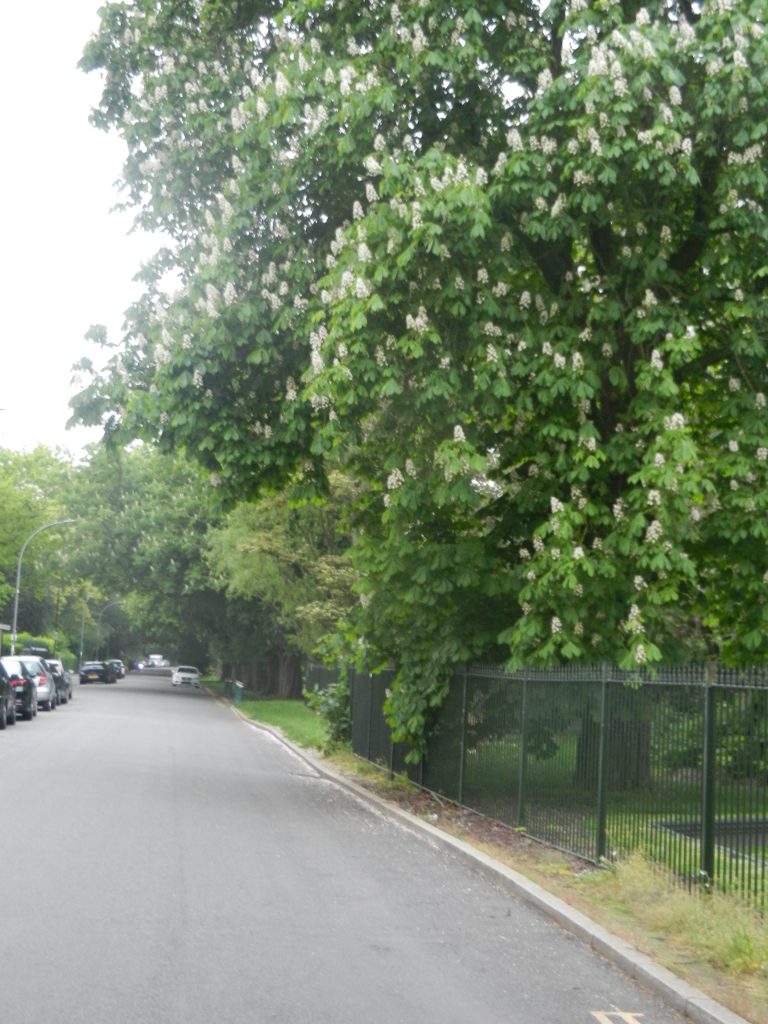
The word Avenue (s.p.b.) came to mean a wide street in the U.S.A. by the 1860s but in Britain it was already established as defining a way leading to a country house and implied that it was as straight as could be and tree-lined. These avenues usually led from the public highway to the main entrance of the house and came to define status. Not all avenues were planted with large-growing deciduous trees, that at Rowley Manor being an example. An example of a grand avenue surviving locally can be seen at the site of Londesborough Hall near Market Weighton’, this, I believe, created by the ‘Railway King’ (George Hudson) in the mid 19th century and intended to link the Hall with a private rail station he intended to create.
So here we have an example of municipal parks adopting the features from the age of private parks, so that everybody could now enjoy an avenue. If the founders of municipal parks had had a blank canvas then anything could have been established in them but in fact the convention became to adopt some feature that had existed, perhaps for centuries, in private parks; thankfully hunting and killing deer was not to be one of them.
Other such features adopted were the planting of trees and creation of water features in the form of lakes of ponds, usually serpentine in shape. Such features were influenced by the age of ‘natural’ landscaping in private parks, often designed by Capability Brown and others. These landscape architects usually sought to include bodies of water in the naturalised landscapes, this also a fashion adopted by the designers of municipal parks.
The lay-out plan for municipal parks also usually included formal flower-beds, this reflecting the fashion of earlier centuries for formal gardens reflecting order and control as exampled by parterre plots and intricately shaped box hedges. This feature has largely been abandoned over the decades as pride and investment in municipal parks has declined.